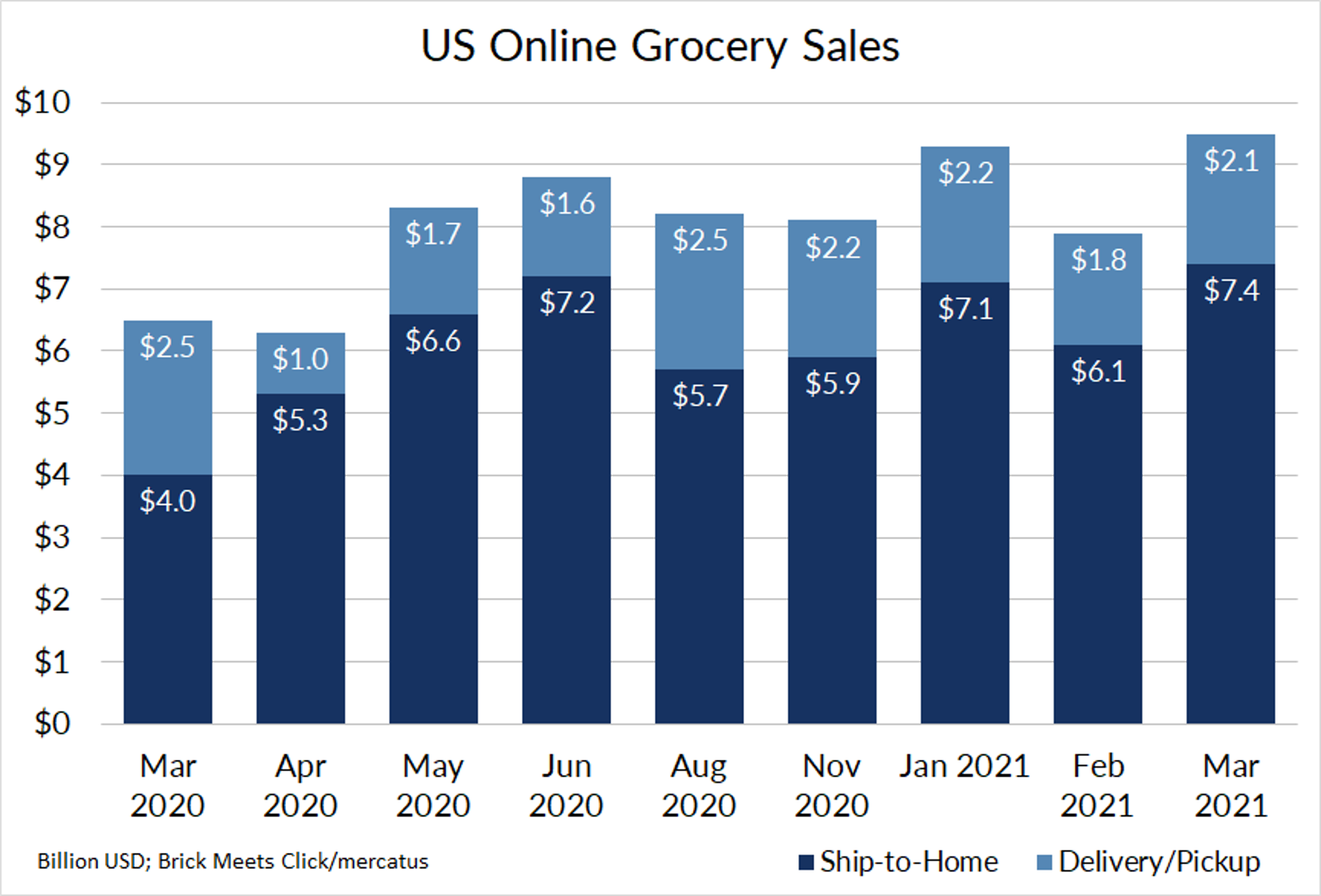by: Phil Plourd
Head of Market Intelligence, Ever.AgThe Importance of Convenience for Dairy Consumption
Convenience has always been a major driver of commerce, but in today’s experience economy, convenience is literally king. In fact, 97% of consumers(1) back out of a purchase if it’s inconvenient, and 80% say convenience is one of their top priorities.(2) And 83% report that convenience, especially while shopping(3), is more critical to their buying decisions now than it was just five years ago.
Dairy companies know this. Take cheese in the grocery store as an example. In the 1980s, you would go to the grocery store and buy a block of cheddar cheese, take it home, and then shred it, slice it, or melt it according to your taste or that evening’s recipe.
Today? We have hundreds of choices. Stand in front of the shredded cheese cooler in the average grocery store and you will fund dozens of varieties. Numerous blends. Different shred sizes. No one needs a box grater. The packages have keep fresh zippers. Some stand up on their own. Cheesemakers and converters have made it so easy to find and use the perfect cheese for just about every cooking occasion. It has to be at least one reason why cheese demand has continued to grow at a steady clip.
Packaging Innovation in the Dairy Industry
Over the years, the dairy industry has focused on four critical innovations in dairy packaging—transparency, resealability, snackable sizes, and space-saving options—all with convenience and ease for consumers in mind.
Clear tubs showcase ice cream flavors and layered yogurt options. Stand up pouches boast resealability and transparency while also improving stocking opportunities to fit more products on a shelf. And for liquid products? New bottle options feature easy-to-grip sides and small sizes that fit into car cup holders for an on-the-go snack.
Speaking of snacking… snackable sizes have grown in popularity in the past few years and the dairy industry has been on the leading edge. Americans are shifting from three meals a day to smaller, more frequent meals.
We’ve seen nearly all areas of dairy influenced by the trend—single-serve ice cream, individually packaged cheeses—sometimes combined with nuts and fruit or a protein source—smaller bottles of milk, and so on.
Food spoilage often accounts for 10 – 15% of lost revenue, but 80% of food waste occurs after the consumer purchases a product. Single-serve options cater to both the approximately 414 million people(4) living in a single-person household globally and consumers spending more on between-meal snacking. Reducing waste at the consumer level reduces cost overall and provides consumers with the convenience (and ease) they’re looking for in food purchases.
Dairy Innovation in Portability and Perishability
Here’s what has to happen next: the dairy industry has to be prepared to thrive in a world that’s going to feature more and more click-and-collect pickup or e-commerce-driven delivery in both the retail and foodservice arenas.

We see a similar growth pattern in the dining out space—60% of Americans order takeout or delivery at least once a week.(6) Dairy is such a common ingredient in prepared meals that the takeout and delivery side of portability is a huge consideration.
On a recent episode of our “Dairy Download” podcast, Jessica Tomlinson, a research and development chef for Flemings Prime Steakhouse, told us that she figures food has to hold up for no less than 45 minutes as it makes the journey from a restaurant to a pickup or delivery customer’s table.
Cream sauces will change in a 30-minute car ride. Cheese on a burger will likely change over the course of a delivery drop-off. Today’s takeout is often more complex than the typical cheese blend, or even just mozzarella, on a takeout pizza.
With these new options for grocery shopping and meal delivery or takeout, the dairy industry is focused on how products stand up under different conditions.
The Future of Convenient Dairy Delivery
As we look to the future, I believe we’ll see a continued evolution of consumers’ desire to have a convenient experience with food. And it’s critical that we continue to meet those customer expectations. For dairy, that means more fractionalization of dairy proteins, more technology that will allow us to elevate dairy nutritional benefits, and better and more innovative ways to deliver new dairy products.
With that in mind, we presume that dairy manufacturers, marketers and distributors are working with their clients to develop technology and techniques that enhance portability. That could mean developing more extended shelf-life products for both retail and foodservice applications. It might involve new ingredient composition or different packaging to preserve freshness. The industry has done it before. It will need to err on the side of convenience even more in the years ahead.
Sources:
- https://www.smartinsights.com/ecommerce/convenience-is-driving-e-commerce-growth-and-influencing-consumer-decisions/
- https://www.pwc.com/future-of-cx
- https://nrf.com/media-center/press-releases/growing-emphasis-convenience-todays-consumers
- https://www.snackandbakery.com/articles/93889-consumers-seek-convenient-reliable-sustainable-packaging
- https://www.foodlogistics.com/warehousing/article/21159962/postpandemic-grocery-shopping
- https://upserve.com/restaurant-insider/online-ordering-statistics/#:~:text=60%25%20of%20U.S.%20consumers%20order,a%20regular%20dine%2Din%20experience.


